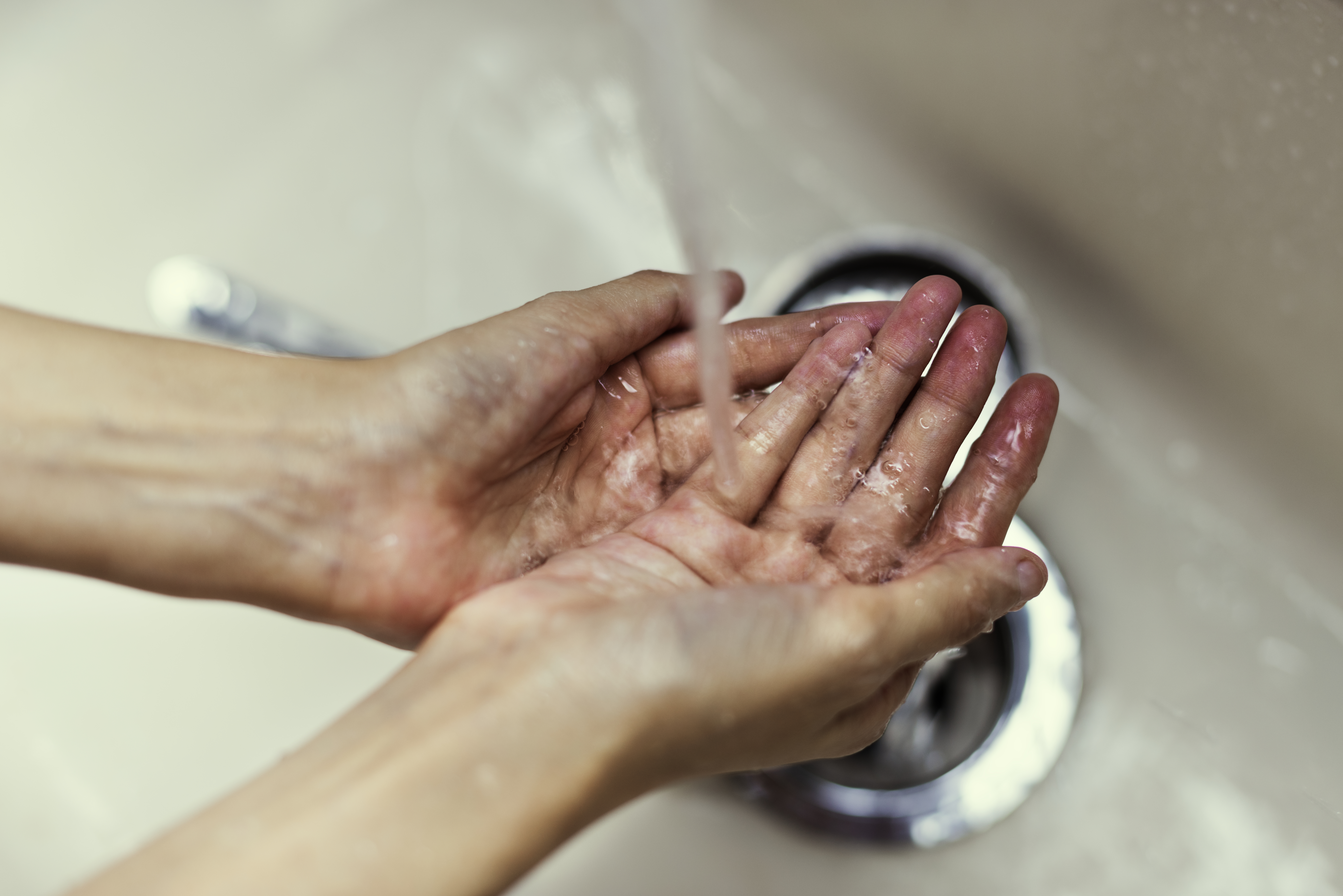Legionella exposure is real and can happen anywhere
By Thom Wellington, CEO and Founder of Wellington Environmental
This past winter, my wife and I checked into a Florida condo at Christmas for a long planned get away — someplace warm, with an ocean view, to relax and plan for the coming new year.
Once we checked into our room, I noticed the toilet bowel was not refilling. Since I am unfortunately an experienced replacement toilet part installer, I fiddled with the water-level equipment in the tank. While adjusting the fill cartridge height in the bowl, my wife leaned her head into the room and informed me the plumbing in the condo was not working. She demonstrated by turning the kitchen faucet arm on and no water coming out
I quickly realized my adjustment inside the toilet tank was fruitless – the problem was no water in the condominium unit, or even worse, in the entire 19 story building.
Next step was hunting for the water source. The small furnace closet in the condo hallway had multiple exposed copper pipes. After studying the plumbing architecture, one valve was perpendicular to the pipe – it had to be the water main for the unit. After turning the valve lever parallel with the copper pipe, water rushed to fill the empty voids in the pipes, the toilet tank and the hot water heater tank. This is where knowledge can be scary.
I informed my wife that we need to allow the faucets to operate for at least five minutes while turned to a warm setting. I was not worried about wasting water; I was more concerned with what could happen if the system was not properly flushed. We ran the two showers for an equal amount of time to flush the dormant shower heads.
I work as a consultant focused on Legionella, which can create fear most wouldn’t understand. Sometimes too much knowledge can be scary.
Too little knowledge can be just as scary. A hospital thinking that having cooling towers sampled twice a year equated to an adequate water management plan or a nursing home setting hot water tanks to 118°F for fear of scalding is just as dangerous.
Legionella exposure stories seem to be a daily event. Just days before our trip an upscale hometown hotel closed for specialized water system cleaning due to two reported cases. Imagine the cost to the hotel, closing just as visitors were arriving for the Christmas holiday.
According to the Centers for Disease Control and Prevention (CDC), “after Legionella grows and multiplies in a building water system, water containing Legionella then has to spread in droplets small enough for people to breathe in. People can get Legionnaires’ disease or Pontiac fever when they breathe in small droplets of water in the air that contain the bacteria.” While not everyone gets sick when exposed to Legionella people at increased risk of getting sick are older adults, smokers, diabetics, COPD sufferers, and those with low immune tolerance conditions such as cancer treatment patients.
What is driving the increase in Legionella cases?
The CDC estimates that there are about 25,000 yearly Legionella cases in the United States, although only 5,000 are reported because of the disease’s nonspecific symptoms. Cases are still growing at more than 25 percent per year, which is significant in relation to all other diseases. “Legionnaires’ disease is an emerging disease in the sense that the number of recorded cases of Legionnaires’ in the United States continues to increase,” according to Laura Cooley, M.D. from the Respiratory Diseases branch of the CDC. Cooley believes the increase is not only due to the aging population in the U.S., but that the warming of earth’s temperatures is creating the optimal conditions for bacterial growth.
An aging U.S. population is factual, and older adults are indeed more susceptible to Legionella. However, pointing to a warming climate would make sense if Legionella cases took place in warmer areas – the most recent cases occurred in Wisconsin during the winter and were allegedly caused by changes in the water system delivery inside the building. Other publication writers have pointed to the evolution of fixtures and equipment in building water delivery systems as a possible cause for the increase in reported cases. Some experts say that the public using hot tubs and swimming pools as toilets is increasing bacteria growth and making disease, such as Legionella more prevalent.
In reality, the growth driver is the advent of combining testing for Legionella in pneumonia cases. Since the initial symptoms are so similar, testing for both Legionella and pneumonia just makes sense. A Urinary Antigen Test is the most commonly used laboratory test for diagnosis of Legionnaires’ disease. The test detects a molecule of the Legionella bacterium in urine. If the test is positive for Legionnaires’ disease, healthcare providers and facilities are to notify local health agencies. The purpose is to aid in identifying the source of transmission to prevent further exposure.
Sometimes knowing too much can be scary and testing for Legionella alongside pneumonia is likely the real driver of there being more stories of exposure in the media. Knowledge is important for understanding the proper maintenance requirements for building water systems and features to prevent public exposure.




